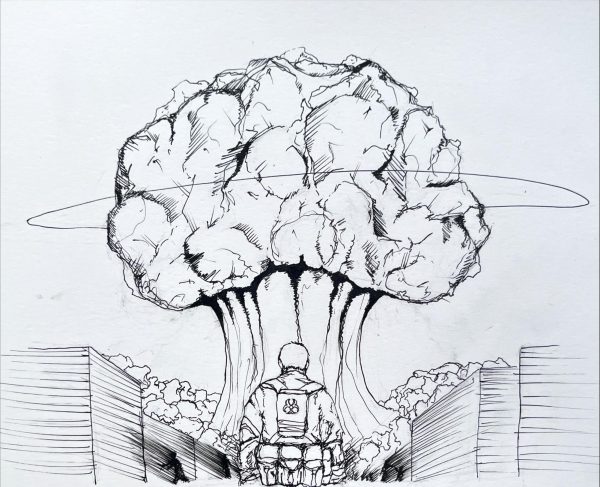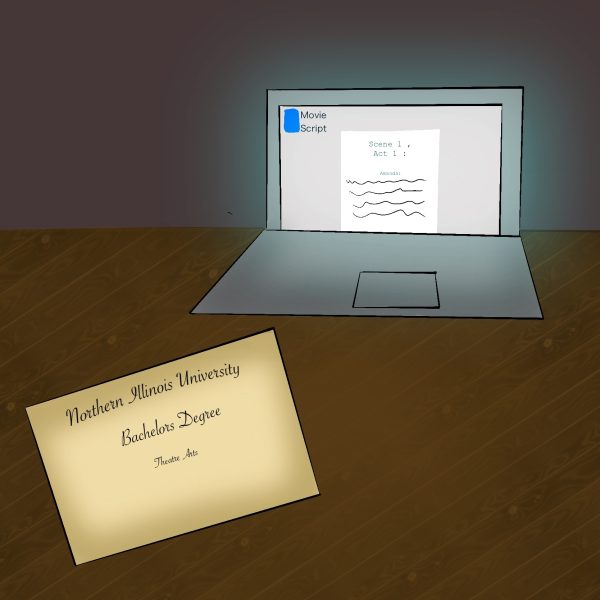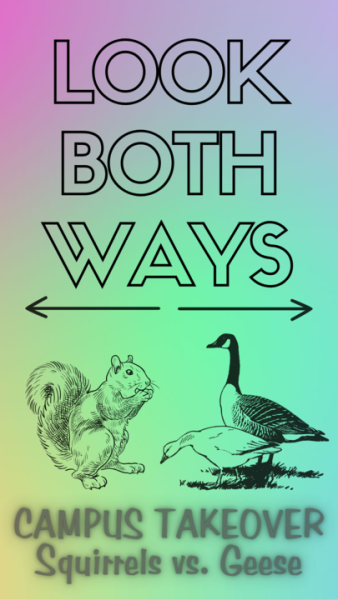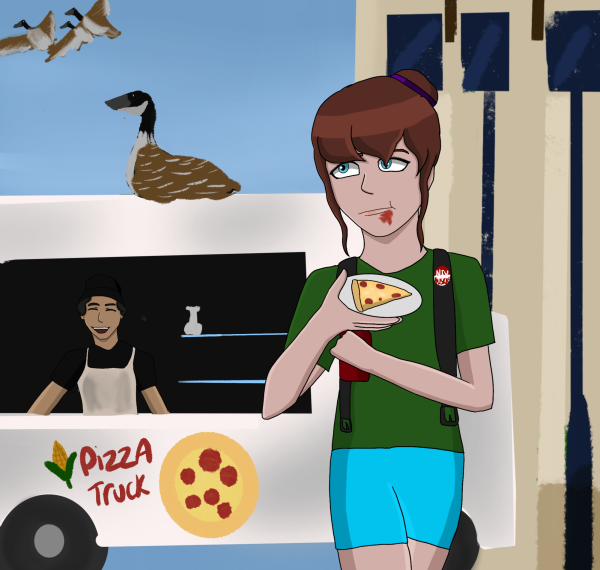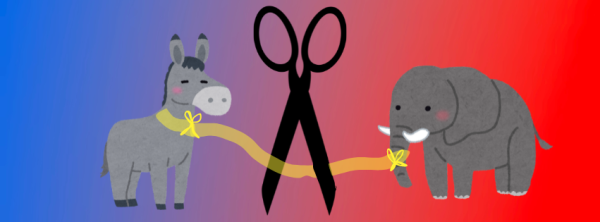Giffing is all the rage
November 25, 2012
Reflecting on Oxford Dictionaries USA’s “Word of the Year,” Katherine Connor Martin, a lexicographer on the judging panel, said the goal of the project has been to choose a word that “embodies in some way the ethos of the year.” With this objective in mind, I had trouble expressing my complicated emotions when the group announced that although Britain’s “Word of the Year” would be the 2009, politically conscious “omnishambles,” America would get the monosyllabic ’80s technology GIF.
At first, I was all: Kristen Wiig’s Aunt Linda, cocking her head in vexation, perpetually on the verge of harping, “Oh, brother.” The GIF, short for graphics interchange format and invented in 1987, is a low-quality image type with cheap animation capabilities. And with a limited color palette and sometimes unloadable file size, today, GIFs are on the verge of extinction. According to a graph in a Nov. 14 article in the Atlantic, GIFs now make up only 29 percent of all the images on the web, a rapid decrease from when it comprised 41 percent just two years ago.
But then, I was all: Fred Savage circa The Wonder Years, giving a slow-motion thumbs up in bleachers full of clapping hands, because Oxford Dictionaries USA clarified that while GIF, the noun, is indeed old pixels, the verb gif is the word deserving of accolades.
While the GIF is an outdated format for most of the web’s purposes, giffing is on the rise.
Jumping back, in 2010, Slate magazine’s Jonah Weiner accurately predicted an impending “GIF renaissance,” in which the outdated model would become repurposed not just for it’s trendy antiquity, but for its ability to assist the sharing of short, classic moments in viral videos and popular culture as a “pithy, punchy means for self-expression.”
For instance, you gif your cat being prodded with a toy train, and you search Tumblr to see if that clip from Remember the Titans where Coach Herman Boone’s daughter says “I do not care” has been giffed yet.
Indeed, the rise of the animated GIF on social media was fed by our cultural mindset that moments can be giffed and shared on an infinite loop. With a true post-modern irreverence, allusions no longer exist inside their work; rather, through the process of giffing, moments in pop culture and daily life achieve a weight of their own and are traded like playing cards.
But what we didn’t realize in 2010 that I believe Oxford Dictionaries USA is onto today is the way in which GIFs now function not as images, but as precise symbols in a written language of our media-saturated milieu. We derive so much of our experience from the consumption of media that words no longer suffice in a conversation that is primarily based in allusion. Through giffing, we are attempting to explain our human condition through a series of rapid-fire references to popular culture.
So now I’m all: Elijah Wood as Frodo, foaming at the mouth after being stung by Shelob the spider in The Return of the King. While it’s true that every venture of language fails to accurately express our abstract condition, giffing seems especially inadequate, albeit unstoppable.


